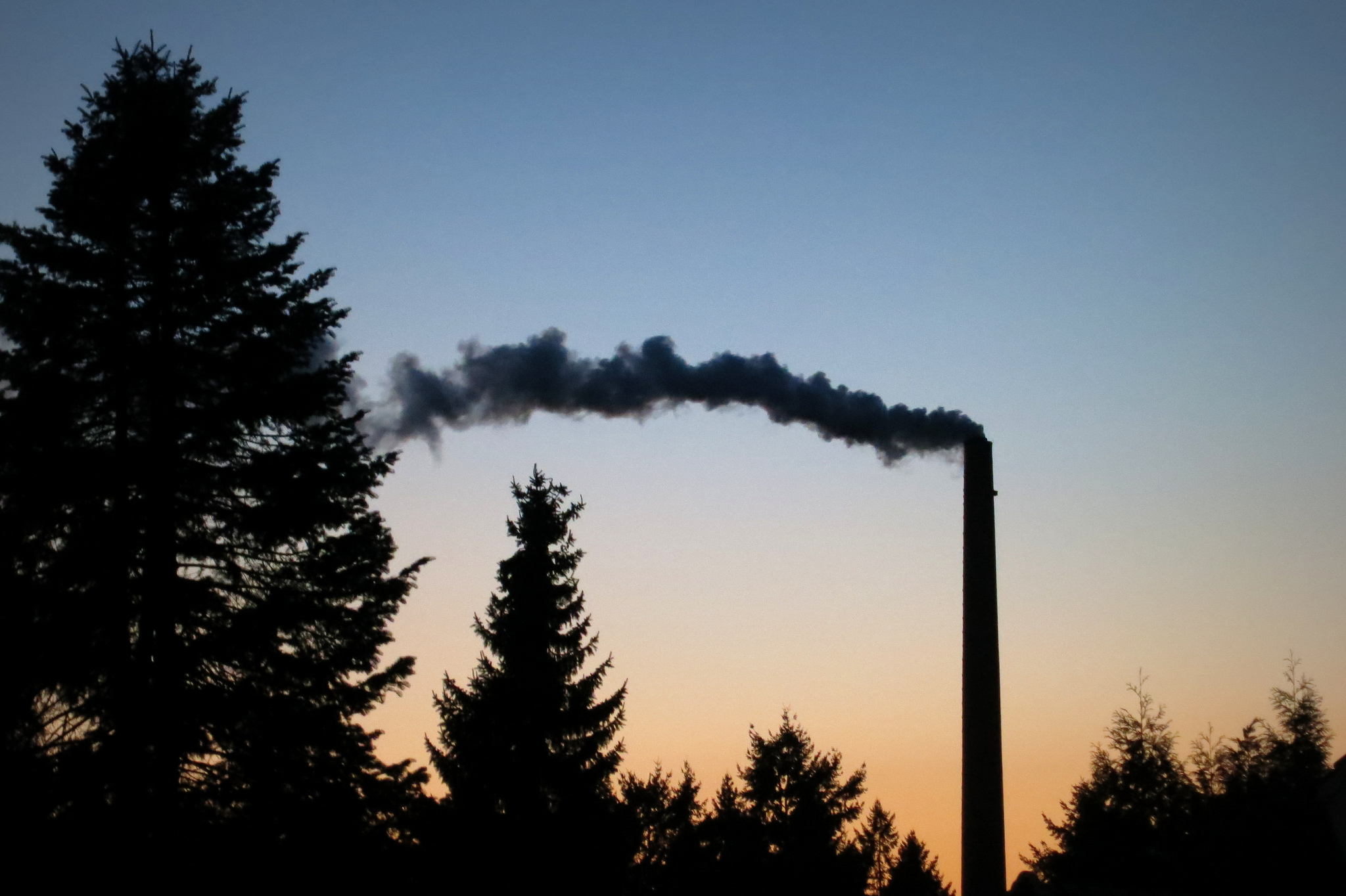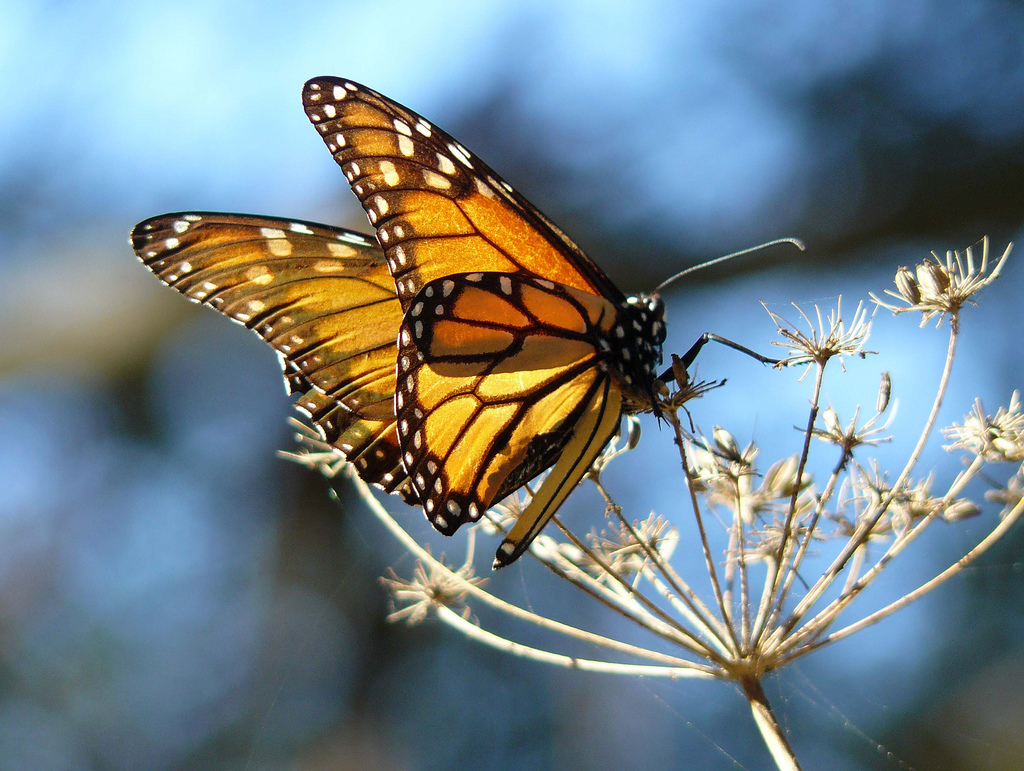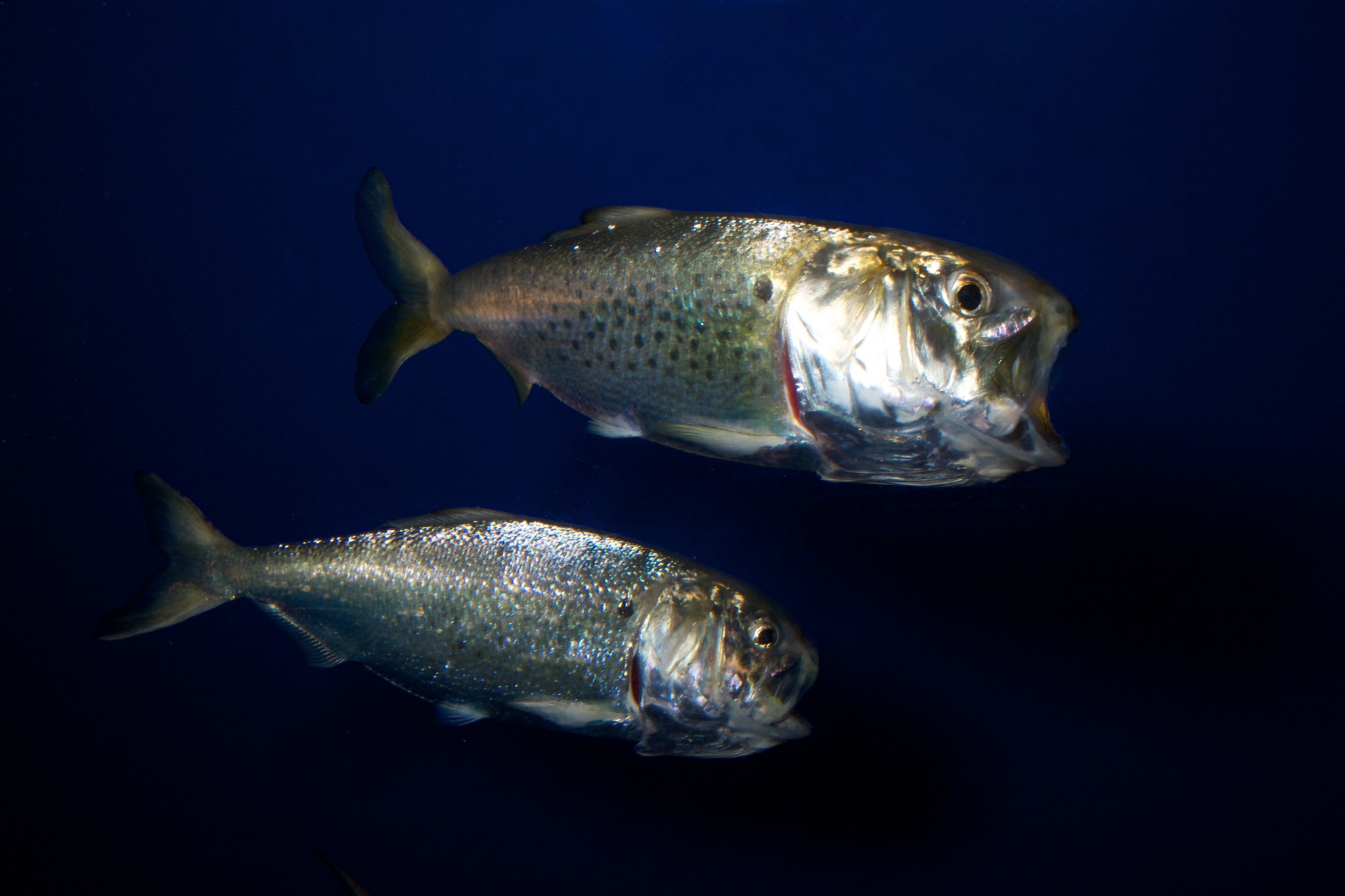Our Environment
Antibiotic Resistant Bacteria In The Hudson
Combined sewer systems are designed to collect rainwater runoff, sewage, and industrial wastewater in the same pipe, and then transport the wastewater to a sewage treatment plant. But during heavy rainfall events, wastewater treatment plants can get overwhelmed, forcing them to discharge untreated water into nearby water bodies. This intentional discharge of dirty water is known as C-S-Os – or combined sewer overflows.
[Read more…] about Antibiotic Resistant Bacteria In The Hudson
Tech Advances Provide Window Into Wildlife
Since the evolution of our earliest ancestors, people have looked to clues – such as footprints in the mud or rubs on trees – to gain insight into wildlife behavior.
[Read more…] about Tech Advances Provide Window Into Wildlife
Shopping Bags
Paper or plastic? It’s a quandary we have faced in the grocery store for decades. Plastic is non-biodegradable and usually ends up in landfills or worse, in waterways or in the ocean. On the other hand, manufacturing paper is water intensive and produces pollution.
Trash At National Parks
Our national parks are shining examples of the American wilderness whose natural wonders attract millions of visitors from around the world. This popularity has a cost: national park visitors generate more than 100 million pounds of garbage each year, most of which ends up in landfills.
Is Pollution Good for Trees?
In recent decades, the so-called hygiene hypothesis has been proposed to explain the rapid rise in allergic diseases during the 20th century and has even been linked to a broader range of chronic illnesses. The basic idea is that that when exposure to parasites, bacteria, and viruses is limited early in life, children face a greater chance of having allergies, asthma, and other autoimmune diseases during adulthood.
Missing Monarchs
We have talked about monarch butterflies before. The orange and black butterflies are often used in school lessons about insect ecology. Monarch caterpillars forage exclusively on milkweed; in the process they acquire foul-tasting chemicals that ward off predators. In late summer, monarchs living in the Eastern U.S. migrate to overwintering grounds in Mexico.
Rising Ocean Acidity
Once, the constancy of seawater was taken for granted. Now, as we see evidence of increasing concentrations of mercury in seawater, it is becoming obvious that global pollution is taxing the dilution capacity of the seas. There is also good evidence that the ocean is acidifying.
Nitrogen Pollution Suffocates Fish
In Riverhead, Long Island the stench of rotting fish is becoming all too familiar. Over the past two months, the Department of Environmental Conservation estimates more than 400,000 Atlantic menhaden, commonly called bunker, have washed up on the shores of the Peconic River – which sits between Long Island’s north and south forks. The culprit: nitrogen pollution.
Wave Power
Wave power is produced by the use of electricity generators placed on the surface of the ocean. Energy output is determined by wave height, wave speed, wavelength, and water density. This technology is a fledgling state: there are only a handful of experimental wave generator plants in operation around the world.
How safe is hydrogen?
Hydrogen-powered cars are soon to hit the market and there are many advantages of such vehicles in terms of environmental friendliness and driving range. But filling our tanks with hydrogen makes many people nervous and they wonder just how safe hydrogen is.
Not all drones are airborne

[audio:http://wamcradio.org/EarthWise/wp-content/uploads/2014/02/EW-03-07-14-Elephant-Seals.mp3|titles=EW 03-07-14 Elephant Seals]
When most of us hear about drones, we look to the sky for aircraft. But, another type of drone is patrolling the ocean around Antarctica, improving our understanding of ocean conditions in that remote corner of the world. Several years ago, scientists began to mount instrument packs on the elephant seals that inhabit Antarctica. The instruments record conditions while the seals dive, and report them back via satellite when they come to the surface. [Read more…] about Not all drones are airborne
An alarming connection between pesticides and Parkinson’s

Many pesticides interfere with the nervous transmission in insects, whereas herbicides often mimic the hormones that control growth and development in plants. I suppose, in hindsight, we should have expected these chemicals to have some effects on humans as well. [Read more…] about An alarming connection between pesticides and Parkinson’s
Daylighting buried rivers

For more than a hundred years, cities around the world have buried their streams and small rivers, routing the water into pipes and paving over the top. But now, environmental research and the desire to revitalize our urban spaces have led to the reemergence of many of these urban waterways. The process is called “daylighting.” [Read more…] about Daylighting buried rivers
Nature: It’s good for your brain

In our technology-rich world, many of us spend far too much time looking at screens – from TVs and tablets to laptops and cell phones. This constant connectivity has led us to place a high value on skills that let us filter the onslaught of information. [Read more…] about Nature: It’s good for your brain
Wet spots have lasting value
[audio:http://wamcradio.org/EarthWise/wp-content/uploads/2012/03/EW-03-28-12-Vernal-Pools.mp3|titles=EW 03-28-12 Vernal Pools]
Each spring, after snowmelt, the landscape becomes dotted with pools of standing water. It’s easy to dismiss these wet spots as puddles, but they play a vital role in preventing flooding, protecting groundwater, and providing habitat to wildlife. [Read more…] about Wet spots have lasting value
Green Packaging Cuts Costs and Material Use
[audio:http://wamcradio.org/EarthWise/wp-content/uploads/2011/11/Packaging-sig2-musSRB.mp3|titles=Packaging-sig2-musSRB]












